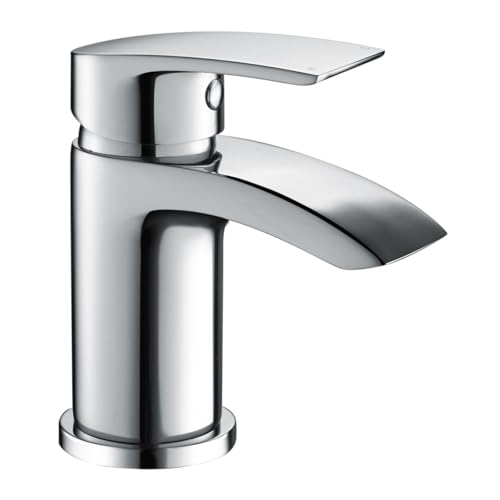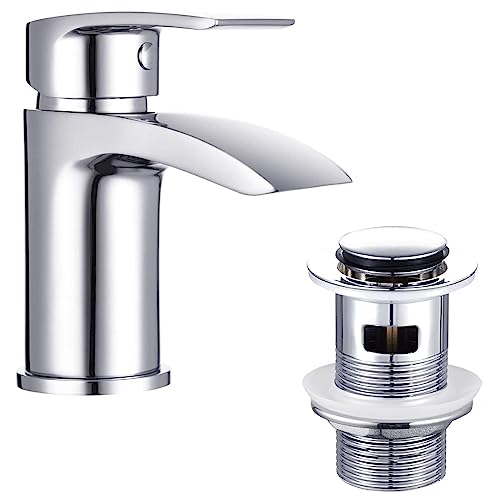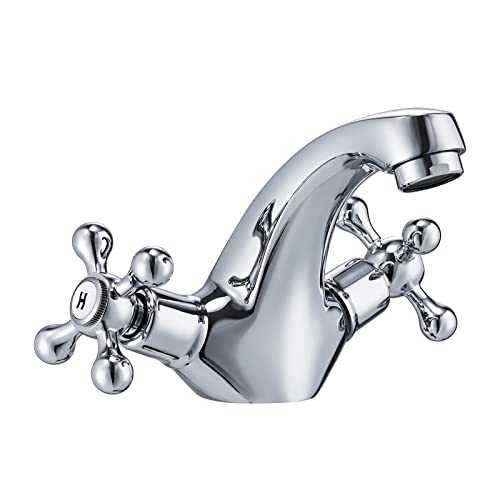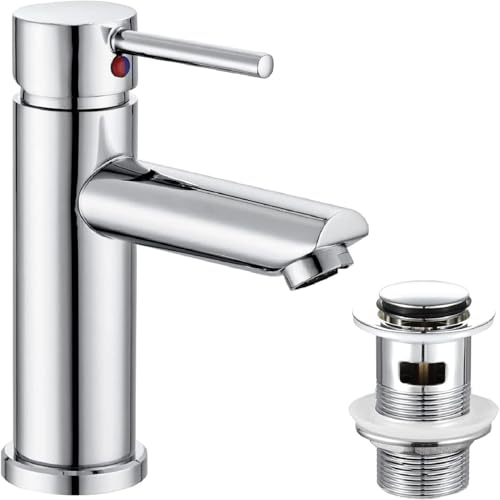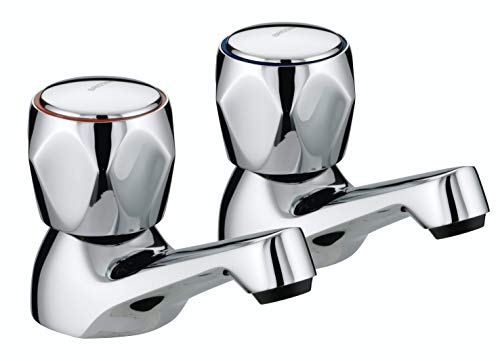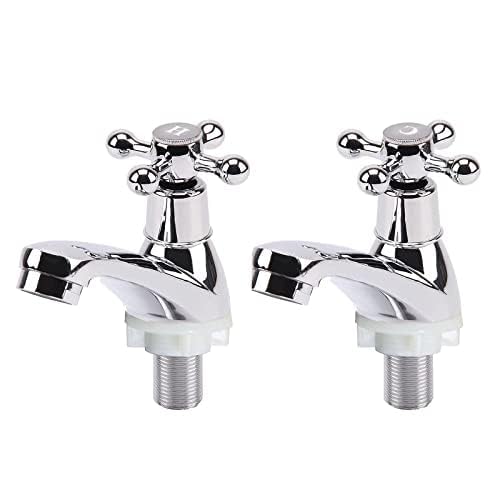Understanding Bathroom Taps: The Essential Components You Need to Know
The Basics of Bathroom Taps
When we think of bathroom taps, we often overlook the essential components that make them function properly. Understanding these parts can enhance our overall buying decision. The spout delivers water, while the handles control its flow and temperature. Some taps may include aerators which mix air with water, creating a smoother flow and reducing water use. Valves regulate water pressure and are crucial for temperature balance. Knowing these components allows us to choose taps that suit our needs effectively.
Types of Bathroom Taps
There are several types of bathroom taps, each serving a distinct purpose. Mixer taps combine hot and cold water, providing a comfortable temperature. Monobloc taps feature a single lever for ease of use, while pillar taps have separate controls for hot and cold. Wall-mounted taps free up space around the sink, making them a stylish option. By understanding these types, we can better match our tap choice to our sink and personal preferences.
Choosing the Right Style for Your Bathroom: From Modern to Classic
Modern Designs
In contemporary bathrooms, sleek and minimalistic designs are popular. Modern taps often feature clean lines and a polished chrome finish that pairs well with modern fixtures. They can include unique shapes and even touchless options for enhanced convenience. When choosing a modern tap, consider how it complements other elements or stands out as a focal point.
Classic Styles
On the other hand, classic taps offer a timeless elegance that suits traditional or retro-style bathrooms. These taps may feature intricate designs, vintage finishes like brass or oil-rubbed bronze, and cross-shaped handles. Choosing a classic style can add charm and warmth to a bathroom, making it feel more inviting.
The Importance of Material: What to Look For in a Bathroom Tap
Common Materials and Their Benefits
Bathroom taps are typically made from materials such as brass, stainless steel, or plastic. Brass is known for its durability and resistance to corrosion, making it a preferable choice if we want longevity. Stainless steel offers a sleek appearance and is easy to clean, while plastic taps are often lightweight and budget-friendly. However, they may not last as long. By understanding these materials, we can make informed decisions that align with our priorities, whether it’s aesthetics, durability, or cost.
Finish Matters Too
Additionally, the finish of the tap can greatly affect its appearance and maintenance. Polished finishes may require frequent cleaning to maintain their shine, while brushed finishes can disguise water spots and fingerprints better. Choosing a finish that suits our lifestyle ensures that the tap remains attractive with minimal effort.
Installation Made Easy: A Step-by-Step Guide
Gathering Your Tools
Before starting, it’s essential to gather the necessary tools. Generally, we will need a basin wrench, adjustable wrench, screwdrivers, and plumber’s tape. Taking the time to prepare ensures a smoother installation process.
The Installation Process
Begin by turning off the water supply to avoid any messy surprises. Remove the old tap and clean the area where the new one will be installed. Follow the manufacturer’s instructions closely, as installation steps can vary between different models. Typically, we’ll need to attach the tap to the sink, connect the water supply lines, and secure everything in place. If we take it step by step, installing a new bathroom tap becomes a manageable DIY project.
Maintenance Tips to Ensure Longevity and Performance of Your Bathroom Tap
Regular Cleaning Procedures
To keep our taps looking their best, we should incorporate regular cleaning into our routine. Using mild, non-abrasive cleaners will prevent scratches and damage to the finish. A damp cloth can remove water spots and grime effectively.
Checking for Leaks
Additionally, we must check our taps regularly for any signs of leaks. Even small drips can lead to water wastage and further problems down the road. If we notice any issues, addressing them promptly will help maintain our tap’s performance and save on water bills.

